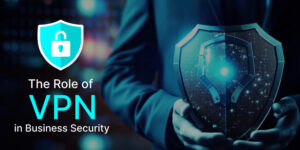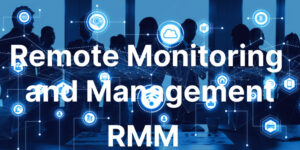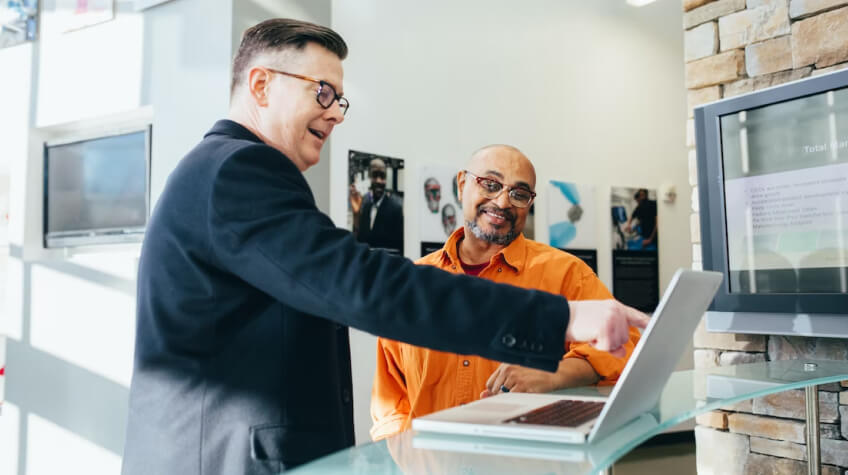
Technology is significantly transforming the modern business world by streamlining operations and redefining how we work. One way technology has impacted the workplace is by enabling remote working.
Remote work offers myriads of benefits, such as flexibility and enhanced productivity. However, security is still a major concern among business owners. Fortunately, constant innovations in the remote work sector have enabled the creation of remote access solutions.
Securing your business is now easier with various security tools facilitating remote work.
Top 5 Remote Access Solutions
1. Splashtop Remote Access
When it comes to the best in the business, Splashtop stands above the pack. The company provides agile remote access solutions and software that runs on computers, and mobile phones, offering employees a safe way to access their devices. It also facilitates collaboration and enhances efficiency and productivity.
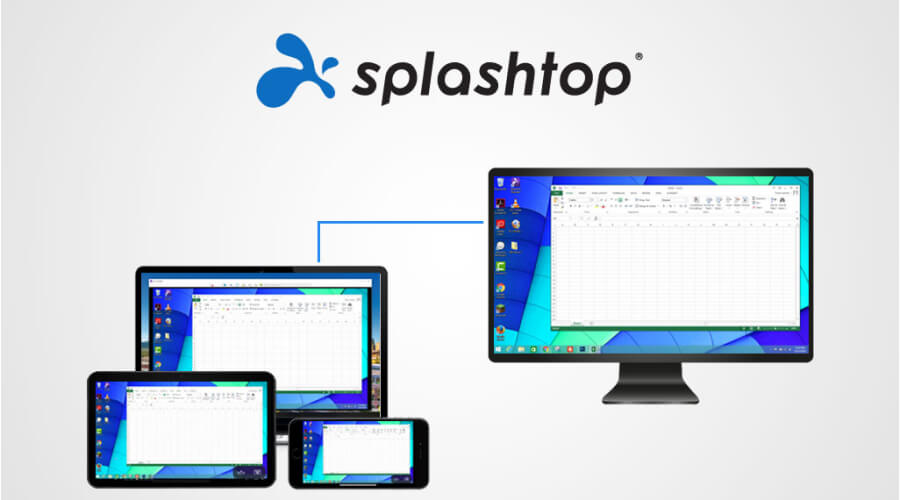
Safe access to data and critical files is essential, but it can be hard to do this when working outside the secured workplace environment. This software allows you to work anywhere, at home or from your hotel on your travels.
Splashtop is compatible with various operating systems allowing you to work with multiple devices. Simply log in for a safe connection with their enhanced security protocols.
2. Virtual Private Network (VPN)
VPN is another great remote access tool that allows you to work on an encrypted connection between your device and the network. By encrypting data, it’s impossible for unauthorized users to access the company’s data. VPN allows workers to safely access the company’s internal network from anywhere.
Besides, there’s no limit to the amount of data you can access with a VPN. This allows you to share any amount of data securely to keep your business running.
3. Remote Desktop Protocol (RDP)
Microsoft’s RDP (Remote Desktop Protocol) is a network protocol for remotely establishing an encrypted connection to a desktop computer. The Remote Desktop Protocol’s encrypted connections and off-site data storage are unrivaled in keeping sensitive information safe from prying eyes.
The computer you connect to must be on and running on a remote desktop. You need permission and network access to connect remotely. That means your PC should be enlisted on the users granted permission.
Although there are some similarities between RDP and VPN, they are actually two different networking protocols. Remote Desktop Protocol (RDP) enables remote access to desktop PCs, while Virtual Private Networks (VPNs) allow secure, distant access to the resources of a local network.
RELATED: What is RMM? Basics of Remote Monitoring and Management
4. Multi-Factor Authentication (MFA)
Multi-Factor Authentication (MFA) is a technology that controls access using various credentials verification procedures. It’s a safe way to protect customers’ data, the company’s financial data, and sensitive assets.
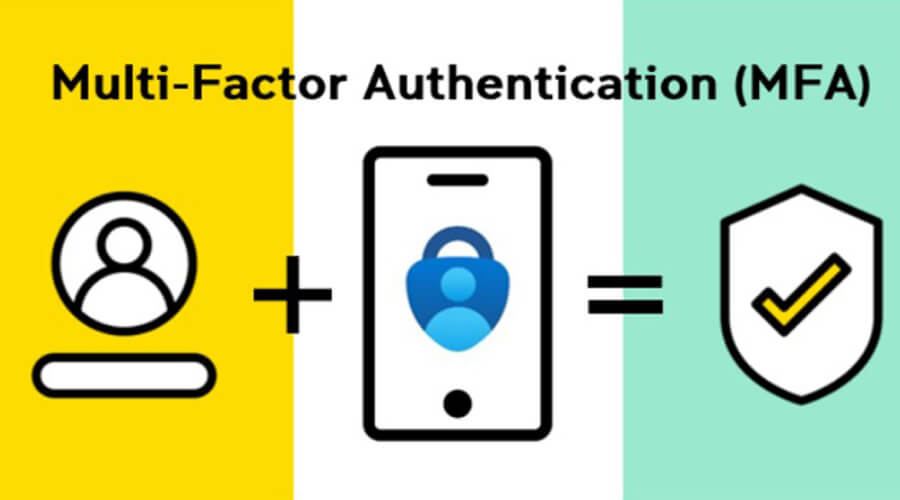
MFA uses two or more of a user’s credentials which can either be something they possess like a device, what they know like a PIN or something inherent to them like a fingerprint. Adding many security layers restricts access to only approved users.
The traditional Single-factor Authentication (SFA) that entailed using a single credential like a user’s PIN is no longer secure. For instance, passwords can be compromised with no information unique to the user’s identity.
2FA is a popular authentication method because it’s more secure than SFA. However, most companies are shifting to 3FA, which adds a third security layer. The Three-Factor Authentication requires three unique authentication factors from the client to grant access. Unlike 2FA, 3FA adds an extra layer of security because the user has to prove themselves in 3 ways.
5. Endpoint Security (Firewall)
Firewall security adds a layer of security by monitoring the traffic on the company’s network. It allows traffic to pass through or shuts it down according to the rules established by the immediate business. Endpoint security blocks unauthorized access to a network and prevents dangers related to viruses, malware, and spyware.
Over time, endpoint security has evolved from traditional antivirus software to a comprehensive security tool that offers ultimate protection from sophisticated malware and threats. Endpoint security is essential to enterprises because losing that data or access to it could put the entire business at risk of insolvency.
Frequent Security Audits and Staff Training
In addition to using reliable remote access solutions, auditing a business’s safety protocols and procedures regularly is crucial for finding gaps and potential threats. It also ensures compliance with legal requirements and industry standards.
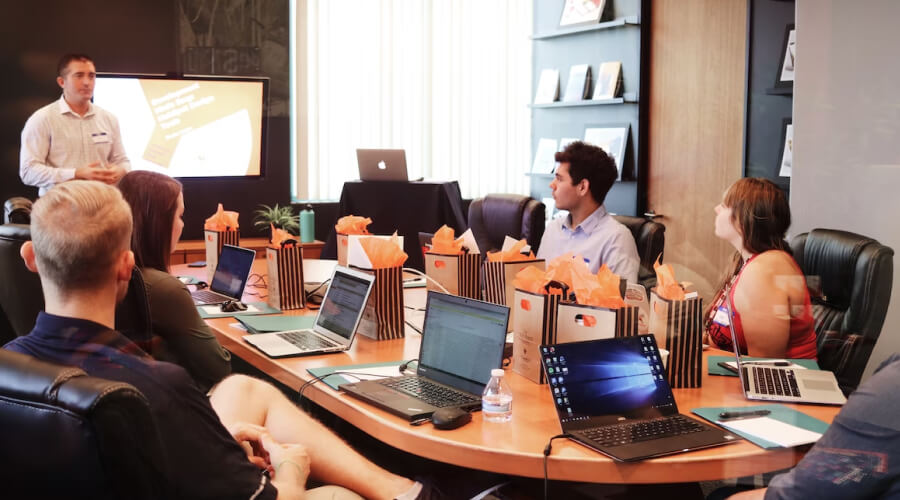
When network security problems arise, your employees will be the first to step in. There may be naive employees inside; therefore, educating everyone appropriately about the company’s commitment to cybersecurity is important. You need to be mindful of the potential costs and fines associated with taking risks. Sensitizing employees and training them regularly is cost-effective in the long run.
Security training helps educate employees on the latest security measures and how to respond to threats. This safeguards your equipment, resources, employee data, and private information.
Conclusion
If you are considering jumping into the remote workspace or already running it, security has to be your top priority. Security breaches and unauthorized access to company information can be costly as it harms your brand reputation and can even lead to legal issues.
You can enhance the security of your company using these top remote access solutions. However, you don’t need all of them; just pick those relevant and valuable to your business. They effectively prevent viruses, malware, and unauthorized access by adding multiple security layers.

